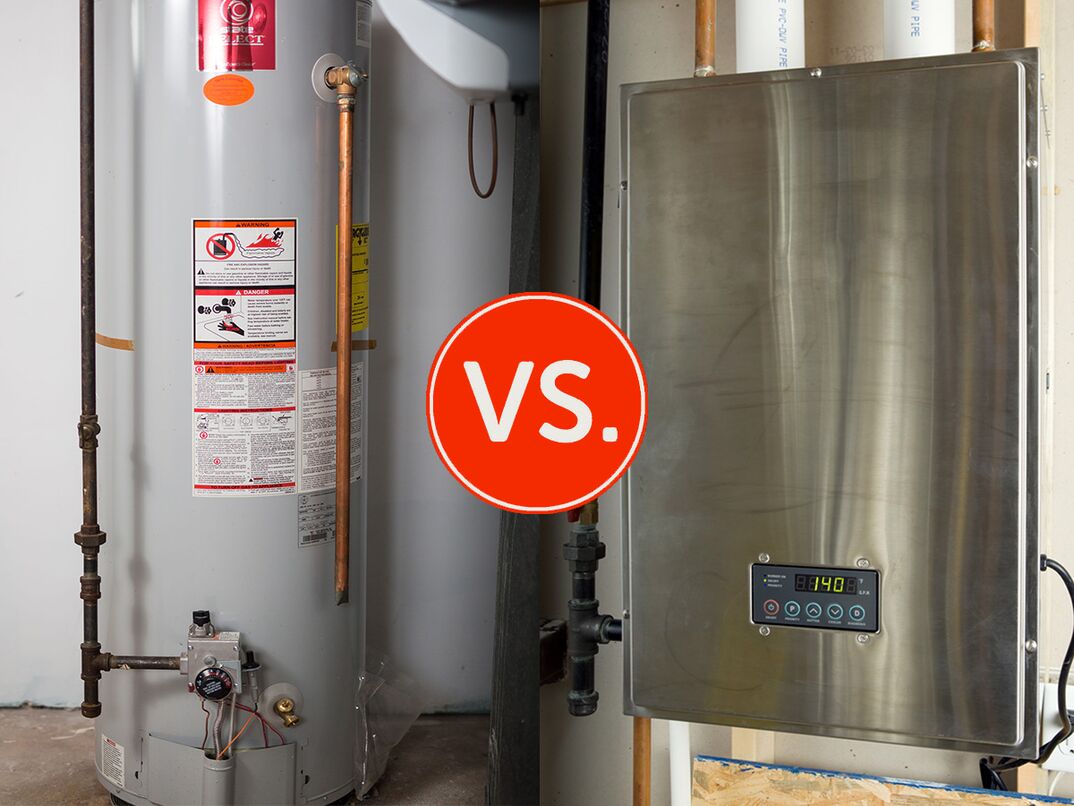
Once the machine stops working, one usually only thinks about their water heater a little. Nothing destroys a morning like a cold shower out of the blue. It could be time to install a new water heater if the old one is beyond repair or routinely fails to provide the hot water with the household needs. Traditional and tankless water heaters are the primary water heaters (on-demand or instantaneous).
Tankless water heaters are gradually gaining market share even though storage tank water heaters are the most popular type, and it is because they have a reputation for being more efficient, which is a desirable quality. Knowing the distinctions between tankless and conventional types might help in choosing the ideal unit for the home when it comes time to replace the water heater.
Working
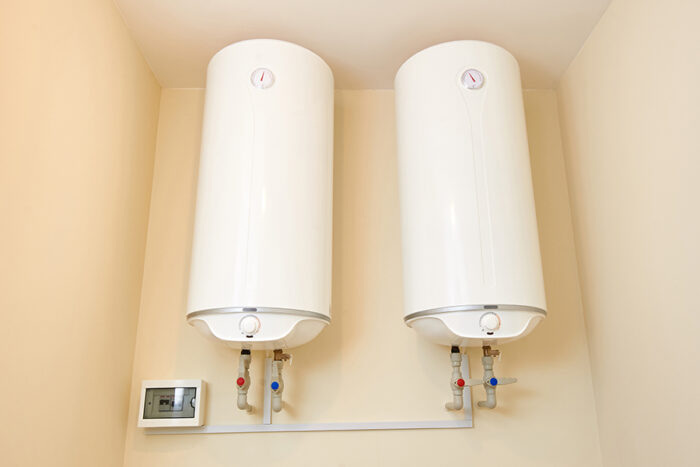
Storage Tank: The most popular size for storage tank water heaters is 50 gallons, with capacities ranging from 30 to 60 gallons. The desired capacity is determined by the size of the home and the amount of hot water used (a plumber can help with the calculations). These tanks continuously heat water using propane, fuel oil, natural gas, or electricity to keep an entire supply on hand.
These tanks may be up to 5 feet tall and 2 feet wide. One may be okay with the room it takes up if the equipment is in the basement. However, storing it in a closet can be difficult if someone does not have a basement. A replacement storage tank may require more room than the previous one, even if it has the same capacity because newer ones must have additional insulation according to current federal energy standards. Tanks with a capacity of under 55 gallons might be an inch or two bigger. Nevertheless, tanks that hold 55 gallons or more will need even more room depending on the energy-saving technology they employ.
On-demand: These heaters don’t keep water in a tank, as the name suggests. Instead, they use a heat exchanger to warm the water as it flows through the apparatus quickly. They are powered by electricity, gas, or propane. The standby energy losses associated with a storage tank are eliminated by only heating water when required. Whole-house tankless systems mount on a wall, saving rooms on the floor and allowing fitting into small spaces. They come in different sizes but, on average, measure 2 feet tall and a little over a foot broad.
Purchasing Cost and Installation
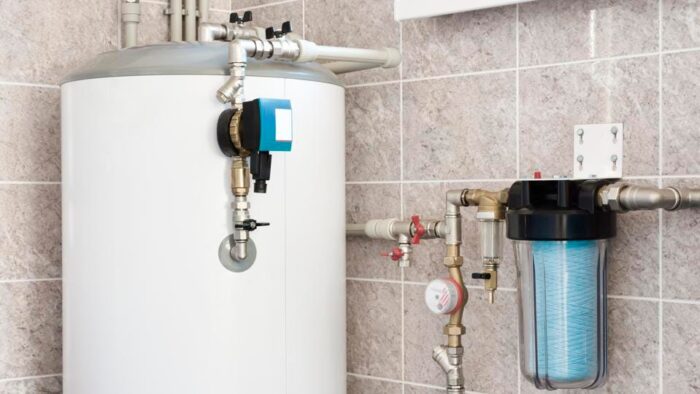
A normal water heater installation typically costs between $800 and $1,800. Parts and labor will typically cost around $1,500. With typical costs ranging from $1,000 to $3,000, heaters that are tankless are significantly costlier.
The traditional heaters range from $200 to more than $1,500 for the tank alone, and a plumber will cost between $50 and $250 per hour. When comparing labor costs to set up an instantaneous model against a normal one, the tankless model will cost substantially more, $250 to $3,000, compared to $250 to $1,500 for a tank-style heater.
Performance
Storage Tank: To compare the performance of two conventional water heaters to two instantaneous water heaters, one can use them as controls in tests. It is easy to achieve the desired temperature of 120° F using gas and electric storage tank water heaters.
On-demand: The performance of the gas and electric variants varied slightly. With equal minimum flow rates, all the gas units reached the desired output temperature of 120° F. (the amount of running water needed for the heater to kick in). When the entering water temperature was 74° F, all-electric models could also reach and maintain the desired output temperature. At the same time, two fell short when the incoming water temperature was 58° F. This suggests that regions with warmer groundwater may benefit more from electric models.
Energy Usage and Efficiency
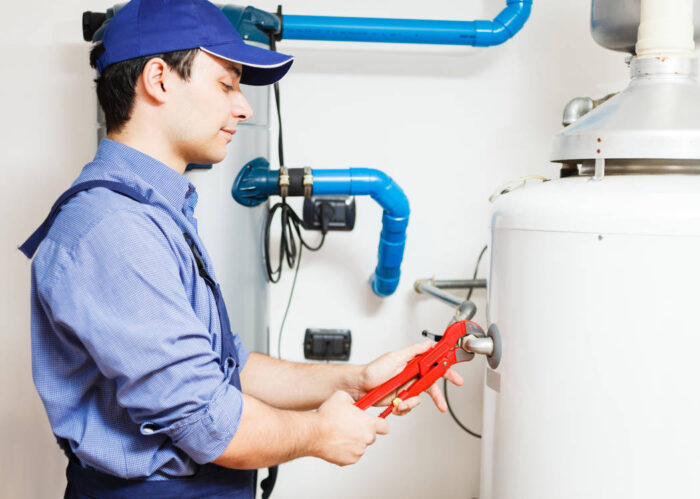
Storage Tank: Based on different studies, conventional water heaters’ electric and gas models had excellent annual energy consumption costs and poor annual energy consumption costs, respectively. Regarding energy efficiency, both scored well. Based on average natural gas prices of $10.86 per 1,000 cubic feet, the annual operating costs for a gas model is $245 and for an electric model is $580, using an average electricity rate of $0.132 per KWh.
Tankless: Such heaters using gas and electricity operate more efficiently than traditional water heaters using the same fuel. A gas model has an excellent rating for annual energy costs but only gets a fair rating for an electric one. However, both models received an excellent rating for energy efficiency. The annual operating cost for a gas tankless is $195, and for electric, it is $535 using the same rates as above. It’s important to remember that while gas water heaters are less expensive to operate, this is not necessarily owing to them being more efficient but rather to the cheaper cost of natural gas.
Payback Time
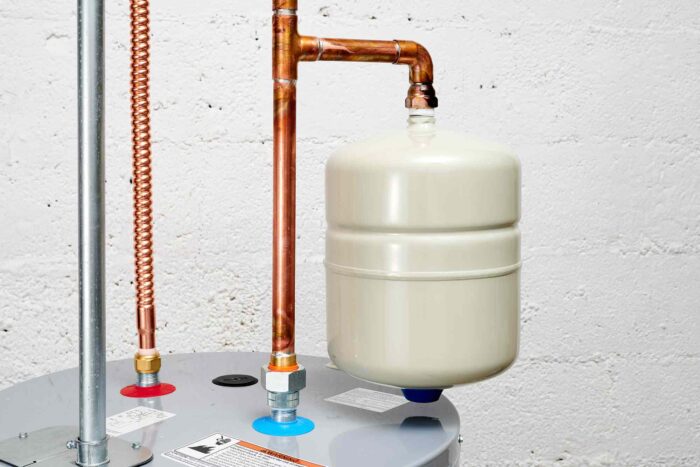
Storage Tank: To determine the payback period, replace a 50-gallon tank water heater with a tankless type and then calculate the tankless model’s operating costs and energy savings. The benchmark was the installation of a conventional water heater.
On-demand: It is estimated that the installation costs for gas tankless systems at $1,250 and electric tankless systems at $1,150. Additionally, the payback period for switching from a gas storage tank water heater to a gas instantaneous water heater ranges from 23 to 28 years at a natural gas tariff of $10.86 per 1,000 cubic feet. The payback period for switching from a standard electric tank to an electric tankless one range from 12 to 20 years for an electric type, assuming energy costs of $0.132 per KWh.
When making the changeover, replacing an old storage tank with a new one will cost more labor than replacing an old tankless water heater. This is partially because removing a huge tank requires more time and effort than removing the smaller tankless ones.
Conclusion
On-demand water heaters are more efficient than storage tank water heaters, but they can be more expensive to install and take longer to pay off than a tank water heater. It is not cost-effective to go from a traditional water heater to a tankless unit while the warranty is an average of 12 to 15 years. Additionally, many instantaneous water heater producers advise preventive maintenance on their products.








